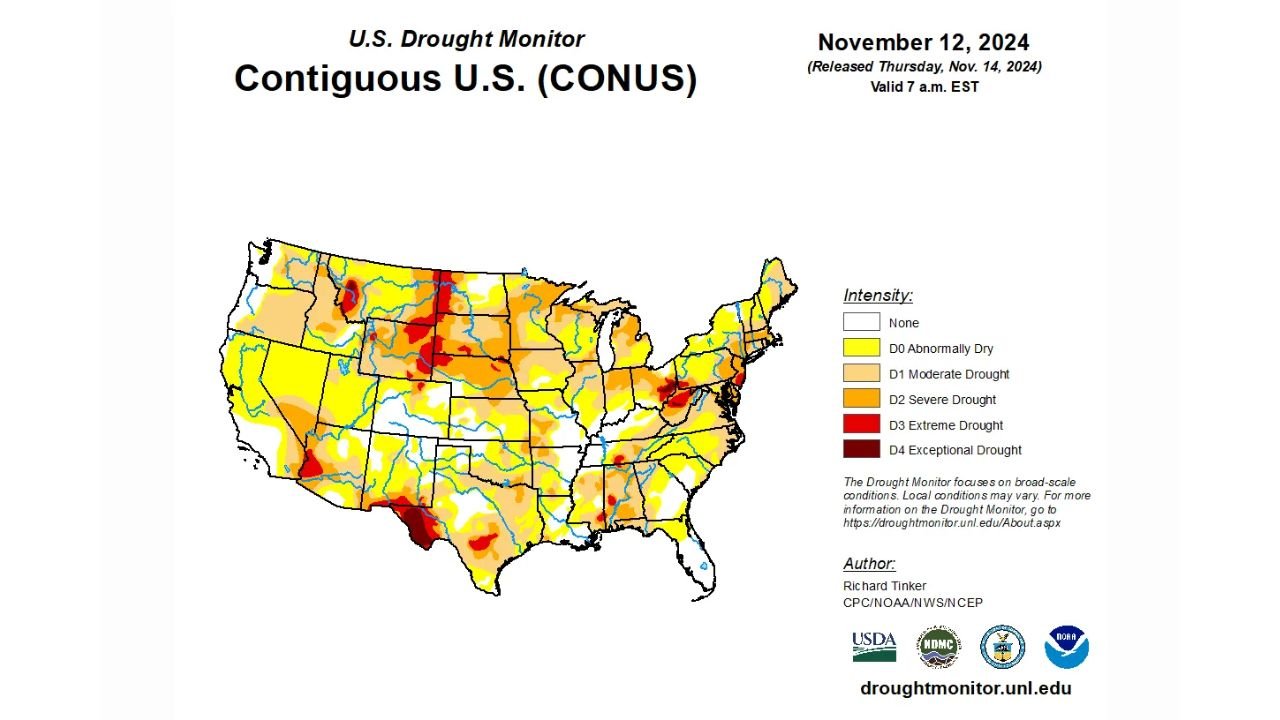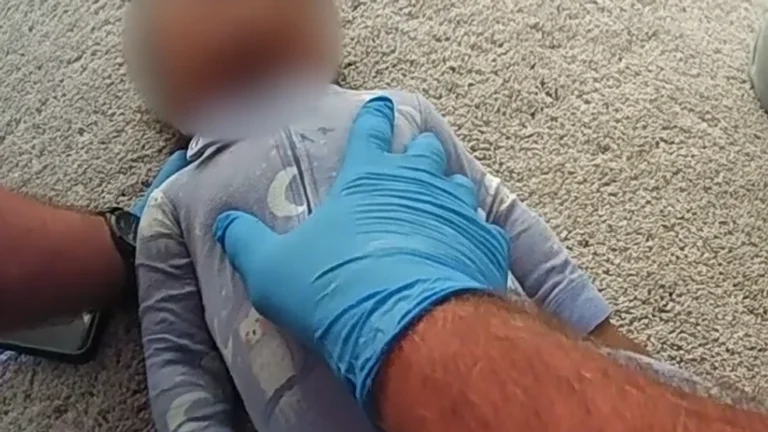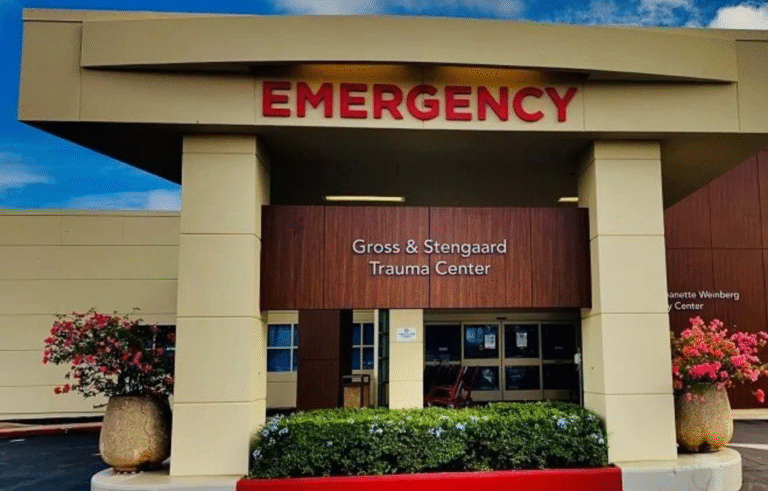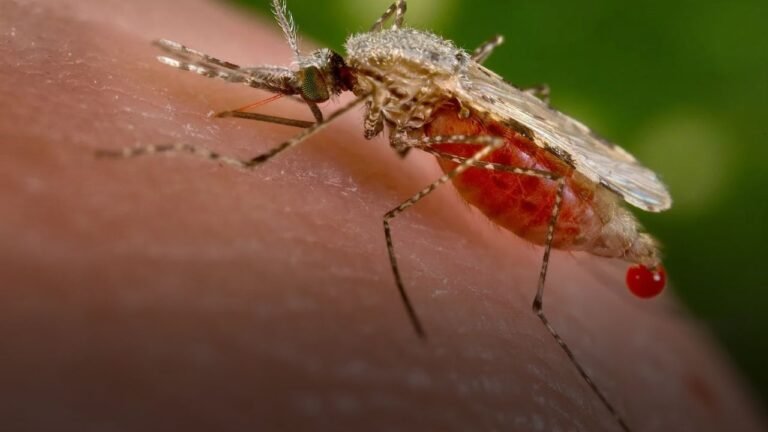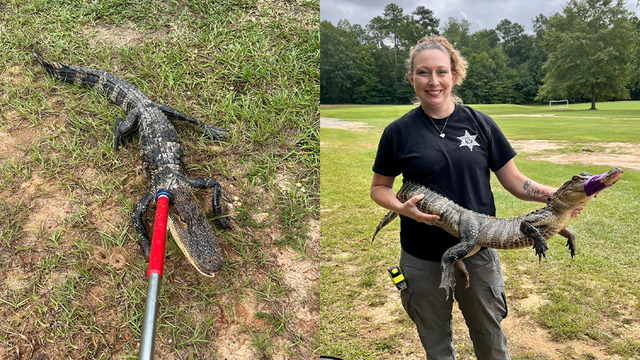U.S. States Face Worsening Drought Crisis as Rainfall Plummets and Wildfires Spread
SAN FRANCISCO — As of this week, 49 out of 50 U.S. states are now facing at least moderate drought conditions, marking one of the most widespread and severe water crises in recent history. According to the U.S. Drought Monitor, more than 149 million Americans live in a drought-affected area, with over 318 million acres of farmland impacted by the lack of rainfall.
This growing drought is exacerbated by a record-dry October and climate-driven temperature changes that experts say are creating a dangerous feedback loop.
New Jersey Declares Drought Warning Amid Wildfire Surge
In an urgent move, New Jersey Governor Phil Murphy officially issued a statewide drought warning, highlighting both the shrinking reservoirs and the alarming rise in wildfires.
“Now I know we were relieved to see a few drops of rain on the weekend,” Murphy told reporters. “The truth is that rainfall was nowhere near enough.” The drought warning allows state agencies to reallocate water to areas hardest hit by the shortage.
What Exactly Is a Drought?
The National Oceanic and Atmospheric Administration (NOAA) defines drought as a deficiency in precipitation over an extended period, typically a season or more. The result is water shortages that impact ecosystems, agriculture, and daily life.
In the Western U.S., especially California, droughts are a regular part of the climate cycle — alternating between dry and wet seasons. However, dry periods are becoming longer and more intense.
Why Is This Happening Across the East Too?
Unusually dry conditions have now extended into the eastern U.S. — a rare phenomenon. NOAA reported that October 2024 was the driest on record for 80+ climate stations.
Some shocking examples:
- Philadelphia recorded 39 straight days without measurable rain.
- Columbia, South Carolina had a 38-day dry streak, one of the longest in its history.
- Atlanta, Georgia, saw only a trace of rain compared to its typical 3.28 inches in October.
NOAA explains that a lack of atmospheric moisture and higher-than-average temperatures played a key role in these records.
How Climate Change Is Driving Drought Severity
While droughts are a natural part of Earth’s climate, scientists say that climate change is making them worse. Rising global temperatures increase evaporation and reduce soil moisture.
UCLA climate scientist Daniel Swain told Yahoo News:
“When it rains, it’s increasingly likely to pour… But when it doesn’t rain, the heat evaporates water faster. This leads to more rapidly intensifying droughts.”
This pattern is playing out in North Carolina, where heavy September rains from Hurricane Helene gave way to moderate drought just weeks later.
Cloud Seeding: The Controversial Fix?
Some states like Nevada have turned to cloud seeding, a weather-modification technique that introduces artificial particles into clouds to trigger precipitation. The Desert Research Institute says this method can boost rainfall by 5% to 10%, but it has significant limitations.
For one, it requires moisture-filled clouds, meaning it can’t work during the prolonged dry spells that define many droughts.
Whiplash Weather: Drought, Then Flood
Extreme climate patterns — from megadroughts to atmospheric river floods — are becoming a new norm. California, for instance, endured three years of record drought before being hit with devastating floods in 2023.
Gov. Gavin Newsom said on X (formerly Twitter):
“Megadroughts. Wildfires. Historic floods and atmospheric rivers. This whiplash weather is not an anomaly… the climate crisis is real.”
What You Can Do Now
Experts advise all Americans — not just those in traditionally dry states — to:
- Conserve water year-round
- Prepare for both water restrictions and infrastructure strain
- Support climate mitigation efforts at local and national levels
The message from longtime drought states like California is clear: prepare now, or pay later.
Have you experienced water cuts, wildfire alerts, or local drought conditions in your area?
Share your story with the Saluda Standard-Sentinel and let us know how your town is coping.

